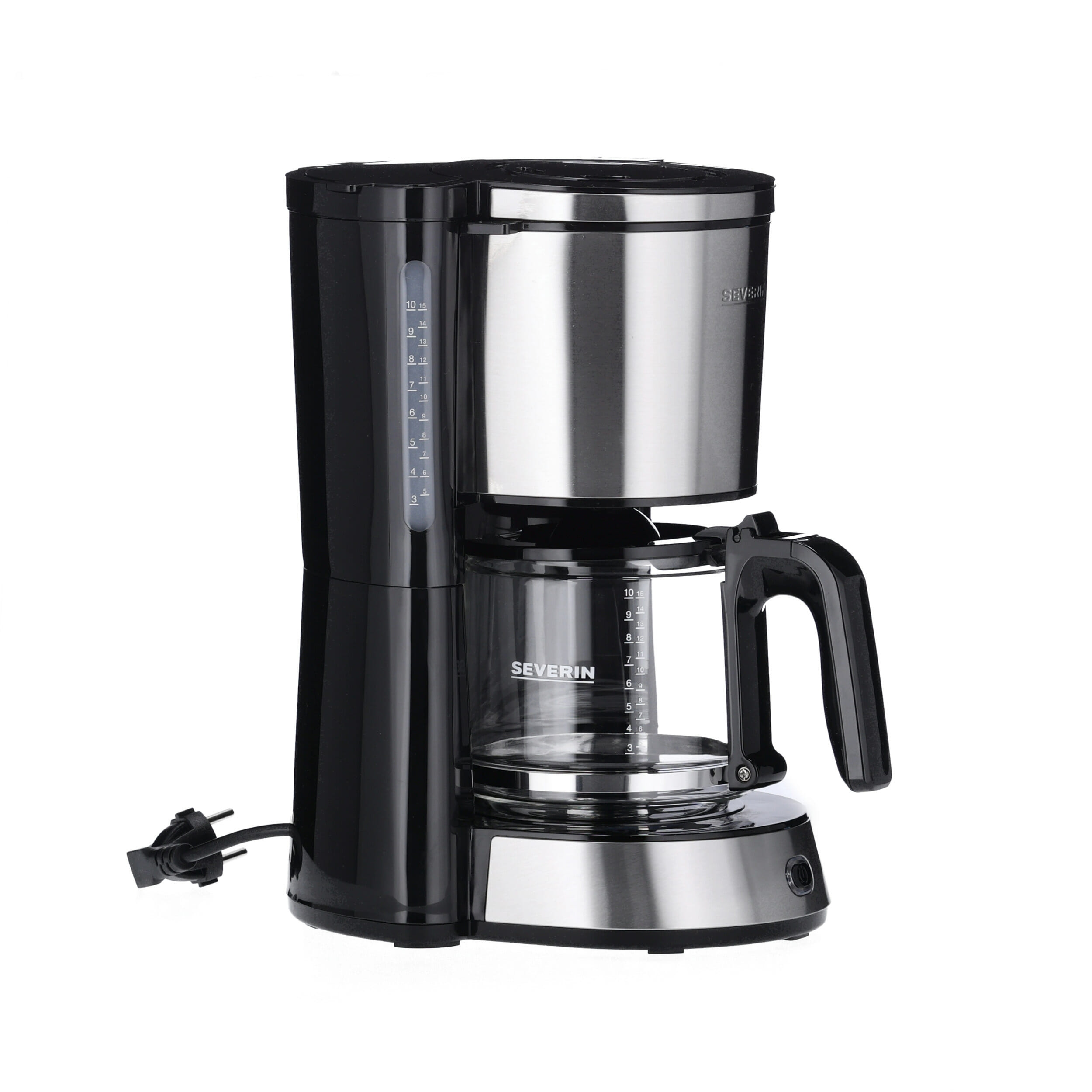When engaging with slot games, one of the most important aspects to grasp is the payout chart. This chart provides players with a clear overview of how much they can potentially win based on their chosen pay symbols. Understanding this component is essential for managing your expectations and aligning your strategies with the game earnings.
A user guide to these tables will help you interpret the various pay symbols and their associated values, allowing for informed choices during gameplay. This knowledge significantly enhances the overall gaming experience by providing insights into which combinations yield the highest slot win.
By familiarizing yourself with payout tables, you equip yourself with the tools necessary for more strategic play, ultimately enriching your slot gaming sessions. The clarity offered by these guides can lead to a more rewarding experience, as players become more adept at understanding how to maximize their potential winnings.
How to Read a Slot Game Payout Table
Reading a slot game payout table provides insights into potential slot win amounts and game mechanics. Each slot machine has a unique payout table, typically accessible from the main menu. This table outlines the value of each symbol, including how many of each are needed to trigger a win.
Start by identifying the symbols listed on the payout table. Common symbols may include fruits, numbers, or themed icons relevant to the game’s narrative. Next to each symbol, you’ll find corresponding payout amounts, indicating how much a player can win based on the number of matching symbols on an active payline.
Paylines are crucial as they determine how symbols must align for a slot win. The payout table often illustrates the different paylines available in the game. Understanding these lines helps players recognize winning combinations more easily.
Additionally, many games feature special symbols, such as wilds and scatters. The payout table explains the unique functions of these symbols. For example, wild symbols may substitute for other symbols to create winning combinations, while scatter symbols often trigger bonus features or free spins.
Lastly, pay attention to the game’s RTP (Return to Player) percentage, which is sometimes included in the payout information. This figure indicates the theoretical payout over time, giving players an idea of the game’s profitability potential. Familiarity with the payout table enhances strategic play and optimizes chances for a slot win.
Factors Influencing Slot Game Payout Percentages
Slot game payout percentages are determined by a combination of various factors that affect game earnings and overall player experience. Understanding these elements can help players make informed decisions when selecting games based on potential returns.
One significant factor is the game’s design and programming. Developers use specific algorithms to set payout rates, ensuring a balance between attracting players and maintaining profitability. The Return to Player (RTP) rate, expressed as a percentage, reflects how much of the total wagers will be returned to players over time.
RTP can vary among different types of slot games. Traditional three-reel games often have simpler payout structures, while modern video slots with multiple paylines and bonus features may offer more variability in payouts. Players should reference the payout chart to analyze the potential rewards associated with each game’s unique features.
The volatility, or variance, of a slot game also plays a role in determining payout percentages. High volatility games may offer larger winnings but less frequently, while low volatility games provide smaller payouts more regularly. Understanding this aspect can guide players in choosing a game that aligns with their risk tolerance and playing style.
Seasonal promotions and bonuses can temporarily influence payout rates. Casinos may adjust their payout structures during special events or holidays to encourage more play. Players should stay informed about such promotions, as they can impact the overall reward breakdown.
Lastly, player behavior can affect payout percentages indirectly. As more players engage with a particular slot game, its dynamic can change, which may influence the frequency of payouts based on the game’s design. Engaging with a wide variety of games can provide insights into which games yield better results based on historical data.
Comparing Payout Tables Across Different Slot Games
Analyzing payout tables from various slot games provides valuable insights into potential game earnings. Each game has a unique payout chart that details the pay symbols and their corresponding values. This variability can significantly impact the player’s strategy and expectations.
When comparing payout tables, observe the reward breakdown and how symbols rank. Some games may offer higher payouts for certain symbols, while others may include bonuses or features that enhance winning opportunities. Understanding these differences helps players make informed decisions about which games to play.
Furthermore, the volatility of a slot game can affect the frequency and size of slot wins. Higher volatility games might yield less frequent payouts but promise larger rewards, while lower volatility games may provide more consistent, smaller payouts. Balancing risk and reward is key in selecting a game that aligns with individual player preferences.
For those looking to explore a variety of slot games and their payout tables, casinos such as glorycasino offer an extensive selection that caters to different gaming styles and payout structures.









